Salva Kiir Mayardit took oath as the first president of the Republic that day in 2011, the new nation not only gratefully savoured its first moments of independence from North Sudan but also remembered with sadness the more than two million people who had sacrificed their lives for that very moment. Tears rolled down the cheeks of many that day. Perched on the White Nile that meanders in from Lake Victoria, Juba is a village in transition. It is by no stretch of the imagination a tourist’s delight but because of its proximity to the legendary river it has the potential to become one of Africa’s most sought-after destinations – peace permitting, says Sreelata, profiling the perpetual turmoil in the new nation. A Different Truths exclusive.
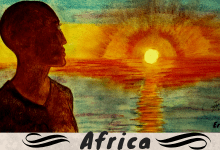 On the 9th of July 2011 flags fluttered gaily in the morning sun. The Dr. John Garang mausoleum grounds were awash with faces that portrayed in turn joy, sadness, and relief. They looked hopefully towards a long, secure and peaceful new future. Alas, it was not to be. They were not to know that within the next two years South Sudan was to slip back once again into anarchy and uncertainty.
On the 9th of July 2011 flags fluttered gaily in the morning sun. The Dr. John Garang mausoleum grounds were awash with faces that portrayed in turn joy, sadness, and relief. They looked hopefully towards a long, secure and peaceful new future. Alas, it was not to be. They were not to know that within the next two years South Sudan was to slip back once again into anarchy and uncertainty.
But as Salva Kiir Mayardit took oath as the first president of the Republic that day in 2011, the new nation not only gratefully savoured its first moments of independence from North Sudan but also remembered with sadness the more than two million people who had sacrificed their lives for that very moment. Tears rolled down the cheeks of many that day.
Perched on the White Nile that meanders in from Lake Victoria, one of Africa’s largest tropical freshwater lakes that are spread over Tanzania, Kenya, and Uganda in unequal measure, Juba is a village in transition.
Perched on the White Nile that meanders in from Lake Victoria, one of Africa’s largest tropical freshwater lakes that are spread over Tanzania, Kenya, and Uganda in unequal measure, Juba is a village in transition. It is by no stretch of the imagination a tourist’s delight but because of its proximity to the legendary river it has the potential to become one of Africa’s most sought-after destinations – peace permitting.
As our Kenyan Airways flight flew in to land amidst open green fields at the questionably named Juba International Airport, the wreckages of fighter planes could be seen strewn all around on the sides of the runway. Off the tarmac, a tin shed that passed for a terminal welcomed us. It was packed with travellers of varied nationalities, of all shapes and hues. An Ethiopian Airways flight had also just apparently disgorged its passengers.
Amidst all the hot and humid chaos, smiling dark faces shoved us into line, stamped our passports, made us open our bags, relock them and waved us away. Striding out, we walked straight into a scene from ‘Out of Africa’. All kinds of SUVs and jeeps parked any which way on red muddy lots in the blazing sun greeted us.
There are no proper roads in war-torn Juba. Time and rain hardened tracks carved out of the ground connect us.
There are no proper roads in war torn Juba. Time and rain hardened tracks carved out of the ground connect us. I was soon beginning to wonder if we hadn’t wandered back in time into the era before Dr. Livingstone as we from one deep crater to another lurched, banged and bumped our way along wet swampy pathways that must have existed before the British colonialists ever set eyes on the Dark Continent. Burnt out jeep shells and large shanties in grass huts – all relics of a war which hadn’t quite got over- dotted the sides.
Konyo Konyo market, a rustic version of the INA-Indian National Army market in Delhi the mainstay place of retail trade in Juba bustled with life. While dollars are exchanged for Sudanese pounds by darting touts under trees, trucks jam roads and bodo bodos (motorcycles which ferry people for a price) appear busy and constantly on the move despite the conflict.
Interestingly, exotically named (Logali Hut, Herbs n Spice, Queen of Sheba) thatched eateries of all kinds of cuisine popped up every now and then.
Interestingly, exotically named (Logali Hut, Herbs n Spice, Queen of Sheba) thatched eateries of all kinds of cuisine popped up every now and then. Greek (Athos) to Ethiopian (Karen) to Italian (Da Vinci) or Japanese Sushi (Paradise) they seem to have them all.
Not too many brick and mortar buildings around but there are instead old ship containers and several little prefabricated metal welded porta-cabins that appear to pass for homes and offices – cheaper to convert and easier to maintain.
Within highly secured gates away from the mud track roads that snaked through pockets of poverty is our highly secured prefabricated cottage camp.
Rows of little porta-cabins with attached bathrooms, looking a little worse for the wear perhaps, but nevertheless quaint, sit like pretty maids in a row under large mango trees and neem saplings among beds of little primrose buds.
It is a pleasant surprise. Rows of little porta-cabins with attached bathrooms, looking a little worse for the wear perhaps, but nevertheless quaint, sit like pretty maids in a row under large mango trees and neem saplings among beds of little primrose buds. Narrow cemented pathways laced with colourful bougainvillea take you to the dining area – a delightfully sprawling African thatched hut replete with fans, comfortable tables, and chairs that sprawled right on the riverfront.
Kicked by the thought that before us was the most famous river in the world, we take a few moments to rejoice and gaze in awe at the White Nile. Flanked by papyrus rushes and mango groves it looks splendid in its ceaseless flow. There were none of the famous crocodiles about. But there were snakes.
Anglers in UN uniforms reeling in their catch and the monsoon laden winds continuously raining mangoes down on us only added to the charm.
Anxious as they were to make us comfortable our smiling attendants hammered a baby cobra into the ground with effortless ease when it presumed to join us for lunch that sunny day. Anglers in UN uniforms reeling in their catch and the monsoon laden winds continuously raining mangoes down on us only added to the charm.
Camp Oasis where we were is just one of the many such riverside cottage complexes that dot the banks of the Juba Nile. While the manager is Indian the staff was a mixture of Ethiopians, Kenyans, and Sudanese.
The South Sudanese have distinctively different features from other Africans. They are also almost bluish black of complexion.
The South Sudanese have distinctively different features from other Africans. They are also almost bluish black of complexion. While the men all look impossibly tall- seven feet seems a height that is run of the mill, they are woefully thin in their western outfits of shirt and tie.
As for the women equally tall, strikingly beautiful and enviably shapely in their dresses and tights, they are for all that tired-looking and worn out. The deprivations of a two-decade-long war perhaps. But all of them to a woman sport exotic braided hair styles.
I was to learn from Maggie, our cheerful attendant at the camp, that each hairstyle was an external piece stitched on to their real short wiry hair. They change it once a month or on a whim whenever. Their normal hairlines, which highlight their statuesque beauty, appear to start right from the middle of the head. That is probably the reason for this penchant for new styles. Maggie sported a different one every fifteen days.
Sadly, children in Juba are few and far between. If you see them at all they are poking about the rash of trash heaps that are yet to disappear.
Sadly, children in Juba are few and far between. If you see them at all they are poking about the rash of trash heaps that are yet to disappear. But emaciated young men limping around the area is a common sight – a fall out of the cruel enlisting of children and the brutal mine-warfare that’s taken its toll.
As always where the action is so are our Indians. There are about four hundred here who are ‘served’ by a rather uncooperative, rule-bound Consulate. From Himachal to Andhra Pradesh to Tamil Nadu to Gujarat there are cooks, accountants, restaurateurs and shop keepers who have been earning a living here for decades. Many gather every Saturday to sing the Hanuman Chalisa at the Jit department store, the only large store in Juba. It houses every single household item under the sun and is owned by yes, a Gujarati family.
But working out of well-equipped white rectangular boxes are all the international agencies from USAID to the UN- there seems to be more of them about than the locals.
With twenty-five or more tribes in South Sudan itself and an equal number of languages, English is still the preferred language, while Arabic the official one.
With twenty-five or more tribes in South Sudan itself and an equal number of languages English is still the preferred language, while Arabic the official one. Their tribal affiliations burnt deep in furried lines across their foreheads, tribal loyalties are absolute and the trust deficit high.
The Dinka tribe is in command but the Baris own the land in Juba and are in the majority. Reluctant to part with their land even less prepared are they to allow it to be developed as the capital. With the Mundaris, another ethnic group, playing hardball a spark can set off a conflagration even without any help whatsoever from Khartoum.
Historically, unified (North and South) Sudan had been entwined with Turkey and Egypt till the advent of the British in the 19th century.
Thus, the journey to nationhood hasn’t been easy for the country, its independence coming at the end of a conflict that was almost medieval in its brutality. Historically, unified (North and South) Sudan had been entwined with Turkey and Egypt till the advent of the British in the 19th century. After that, it was jointly governed by Egypt and Britain with the South under the latter. In 1946, the North and South were merged. The southerners were not consulted. They were Christians, a minority, and feared the influence of the culturally Arabic north. And Khartoum (North) was unforgivingly hostile.
Seventeen years of strife followed. In 1972, peace was brokered with the North (Khartoum). It was an uneasy truce, and conflict broke out again in 1983. But as Khartoum continued to brutally alienate the South, the Sudan People’s Liberation Movement (SPLM) came into being.
South Sudan could now choose to break away from North Sudan or stay after a referendum. This technically ended the civil war, but sporadic battles continued.
A conflict within the conflict led to more bloodletting. SPLM finally emerged victorious, but it would take another 22 years of violence before a semblance of internal tribal unity could be achieved and the 2005 Comprehensive Peace Agreement hammered out. South Sudan could now choose to break away from North Sudan or stay after a referendum. This technically ended the civil war, but sporadic battles continued.
The referendum, held in January 2011, saw a 100 per cent turnout and the verdict was for secession from the North. The 10 states of the South that held the referendum would now form the new nation of South Sudan. Juba, a town on the White Nile, was to be the new capital.
Volunteers fanned out in the streets with brooms and brushes and even the bullet-ridden stadium was given a new coat of paint.
Numerous heads of state attended the celebrations even as Juba was given a much-needed facelift. Volunteers fanned out in the streets with brooms and brushes and even the bullet-ridden stadium was given a new coat of paint. The Containers and portacabins and the quaint riverside camps were all given a makeover too.
Peace was however to last but a mere two years. This time fighting broke out again in 2013. Engaged in now what seems to be a rerun of the past, an unending civil war fuelled by the mutual suspicion and distrust between Reik Machar the Opposition leader and President Salva Kiir has had people flee South Sudan once again as it returned to its previous precarious state of chaos and killings.
But for brief moments of peace, the last five years since independence has seen continuous warfare. Rumors that Juba has been reduced to rubble abound.
But for brief moments of peace, the last five years since independence has seen continuous warfare. Rumors that Juba has been reduced to rubble abound. Unfortunately, South Sudan also continues to be bedeviled by reports of fraud and corruption in high places thanks to the millions of dollars being poured into the country by a concerned world.
However, currently, hope seems to shine brightly in the very recent agreement signed by the two leaders at the insistence of Khartoum – ironically the main instigator of its woes – in August 2018.
The South Sudanese are hopeful that this new agreement unlike the previous ones- since Khartoum is involved -might hold and enable the return of economic stability.
So, one wonders if at last South Sudan is finally on its way to some much-needed peace.
Photos from the Internet

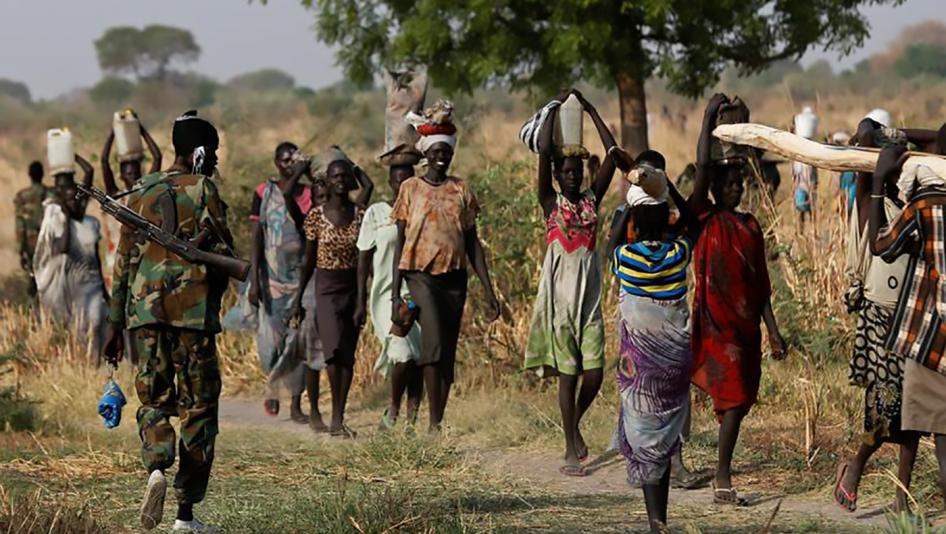

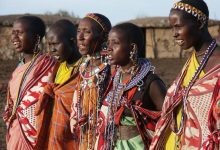
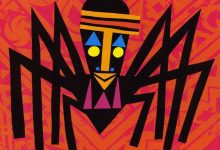
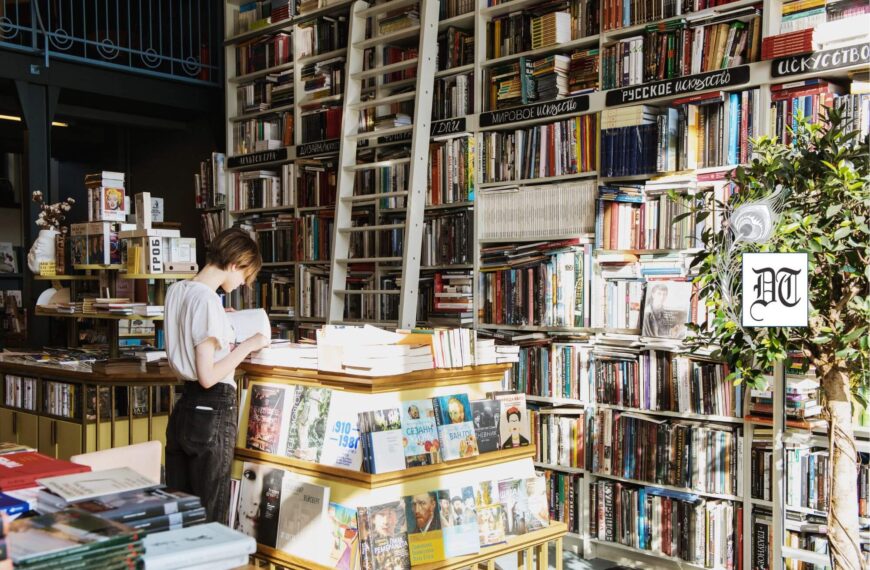
 By
By

 By
By
Sreelata- Loved the article on history; beauty; bruatality and heart of Juba, south Sudan-its predicament and life.
The article changed my view .
Thank you.
Regards